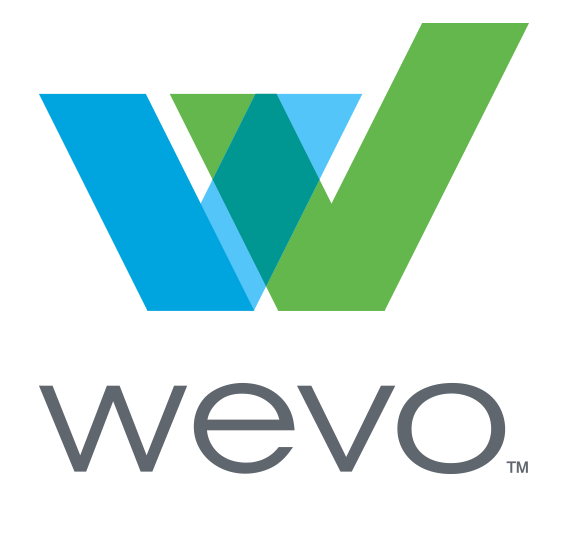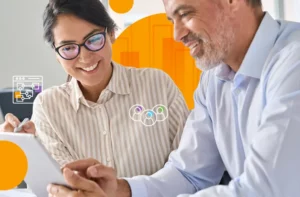“You don’t build a product for yourself. You find out what people want and you build it for them.” Walt Disney
It was fitting that CALEM 2020 (Conference on Adult Learner Enrollment Management) took place in Orlando, FL, home of The Walt Disney Company. Fitting because one of the primary topics of discussion at the event was how universities can and should model their customer marketing and communications after the “Happiest Place on Earth.”
This quote was mentioned in the conference keynote as the north star for higher ed marketers: “You don’t build a product for yourself. You find out what people want and you build it for them.”
It sounds simple, but it’s something marketers have long struggled with, particularly in higher education. This is because when university marketers put out a new campaign, website, landing page, or Google ad there are many competing stakeholders at their schools who don’t always think in terms of their customers (e.g. prospective students).
Examples of this (producing a knowing eye roll from the marketers in attendance) are the faculty and administration who often think they know the best way to attract prospective students. This usually involves touting their credentials, publications, programs, and other (sometimes arcane) facts about themselves and the university. These are no doubt important, but often don’t answer the main questions students , particularly adult learners, may have around affordability, flexible scheduling, and online options to name a few.
In fact, the data clearly shows that in the ever-increasing competition to attract new students from a dwindling pool, the schools that listen to those prospective enrollees have a huge advantage when it comes to higher conversion and enrollment rates.
According to a study presented by Education Dynamics, that advantage is manifested in the following student-friendly ways:
- When filling out online contact requests, 51% of students go with the first school to respond
- Chatbots are becoming an increasingly popular way to welcome visitors to a site/page
- Real student experiences such as ideo content and testimonials from current students
- Personalized content based on behavior
For adult learners in particular, highlighting features such as on-campus daycare options, flexible scheduling, and the ability to work and go to school simultaneously are examples of ways marketers can directly address the needs of their prospective students and to do it in a personalized way. The schools that really understand this and are willing to change their current practices are thriving. One example of this mentioned at the conference is a student who clicks on a couple of articles on affordability then being shown a financial calculator that prompts them to figure out their specific plan on how to pay. It’s these types of interactive, contextual, and personalized experiences that allow some universities rise above the rest and get closer to the gold standard of customer experience – Disney.
The question then becomes just how can higher ed marketers replicate the Disney experience? The answer seems pretty clear – just listen to what your customers want and give it to them! But why do marketers struggle with this? Often, despite their best intentions, marketers don’t actually know what it is their students want, or even how to find out. They try to discover this with surveys, small focus groups, A/B testing, polling current students, and many other methods, but these methods often fall short of capturing the true answer.
Speaking with our higher ed clients, we know the keys to improving engagement, conversion, and enrollment are understanding what their audience’s expectations are and then doing what you can to meet or exceed them. Again, it all comes down to listening to what your customers are telling you. While the devil is in the details, approaching higher ed marketing from the standpoint of customer-centricity is the way to start the process. Only then can their university truly be The Happiest Place on Earth.
Ed Wolf
Sales Director
WEVO
To learn more about WEVO’s approach to understanding your customers, please visit wevo.ai
Ed Wolf is Director of sales at WEVO and head of their Higher Education division.



